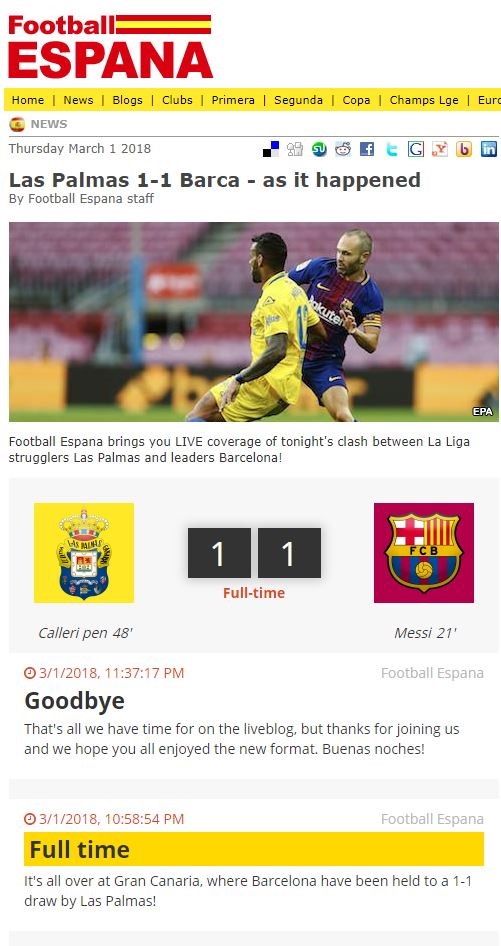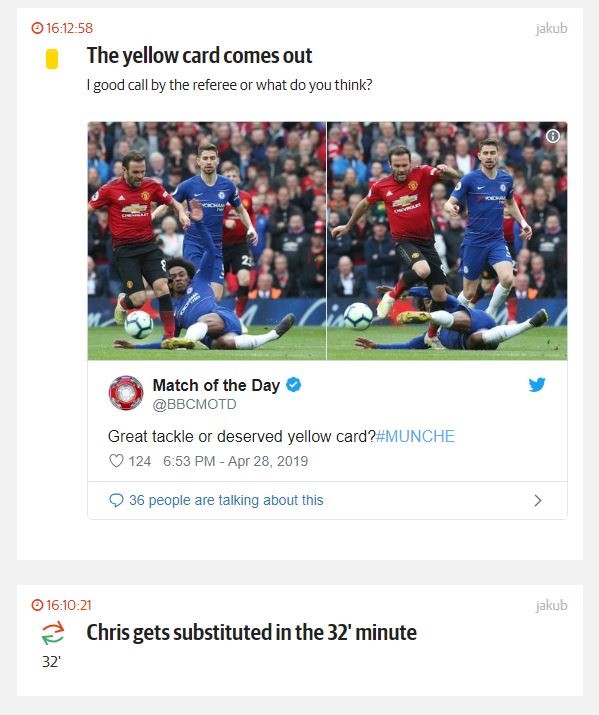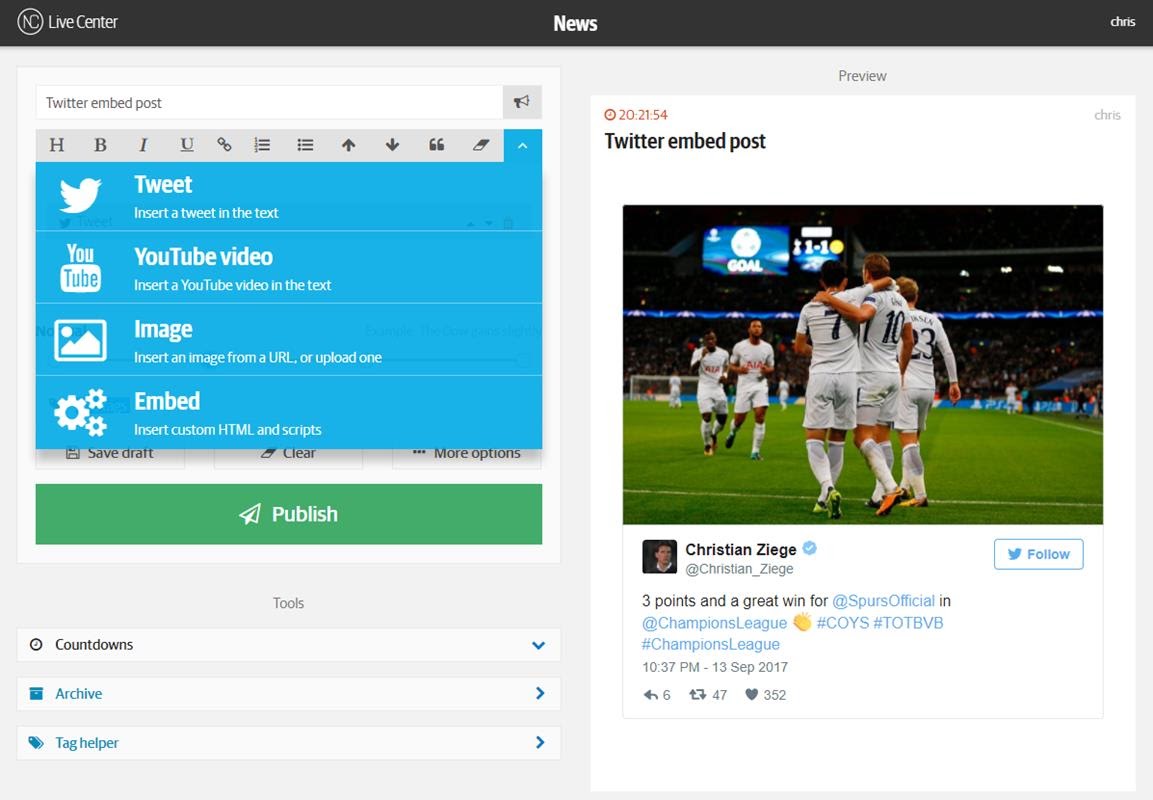Why live blogging is the best way for fan engagement

Why live blogging is the best way for fan engagement

In our busy, on-demand lives, it sometimes can be tough for fans to devote two to four hours to sit down and enjoy a sporting event.
The same goes for journalists covering those sports.
Years ago, newspapers and other media outlets had people devoted to covering every game involving a specific team. These writers would even travel with the team so they could report on away games and develop rapport with a club’s players, coaches, and management.

These journalists are called beat writers, and they are a dying breed.
Now, with the newspaper industry having cut costs in the last decade or so, a reporter may have to provide highlights and recaps of three or four different games going on at the same time. Even if they try to catch some games on television, there are so many hours in the day and it’s impossible to catch the nuances of it all.
The question then arises: how can a journalist fairly report on what happened in a game, match, race, etc. if they weren’t there in-person or didn’t see every second of it on television?
One tool reporters use to fill-in-the-blanks are game recaps (usually written by a service like the Associated Press) and play-by-play logs. However, in sports like soccer and hockey, it’s tough to get an accurate picture of an event when you only know when major events happened – like goals and penalty assessments.
This is where live sports blogs come into play.
A live blog is written by someone either at the event or following it closely on video. The writer will post entries that tells a story of key events from the game, big and small. It may be an injury that could change the complexion of a football match, a controversial goal in a hockey game that is reversed by officials, or something as simple as the mood and atmosphere at the game.
These events are often key moments in an event – ones that change the momentum or complexion of the match, and they won’t be found in the play-by-play feed.

Postgame recaps do provide some detailed information, especially on the most important aspects of the event, but you still won’t get the feel of experiencing the whole game by reading a recap that usually doesn’t go much more than a page or so.
A live sports blog writer can write as much or as little as necessary to convey the emotion and factors that may not play into the outcome as obviously as goals and penalties.
Multi- and social media
Live sports blogs can also take multimedia and social media into account. If you’re skimming a blog, you can look for icons that signal things like goals and penalties (yellow or red card in soccer). The blogger then, after indicating the play that occurred, may then take a paragraph or two to explain what happened, how it happened, what led up to it, etc., and the writer can use photographs, video clips, GIFs, or a number of other tools to convey to the reader what is happening at that exact moment.

The immediacy factor – major advantage of a live sports blog
Prior to the digital age, people would have to wait until the evening news or the morning newspaper to get a glimpse into what happened if they missed seeing their favorite team play that particular day. Even now, a written recap of the event isn’t going to be available until 30 minutes or an hour after the event concludes. A live sports blog gives you the ability to tune into a soccer match at the 60-minute mark, and you can immediately read up on what happened in the first hour so you feel like you didn’t miss a thing.
In the NHL, playoff hockey games can go on, seemingly, forever. One recent game between Carolina and Washington went into double-overtime, lasting about four and a half hours total.
While there were obvious moments of action in a game that was tied at 3 going into overtime, say you saw on social media that this game is going into the second overtime and it’s an unbelievable contest! You can check in with the live sports blog during the intermission before the second overtime period begins to read up on all the excitement from the first overtime period. You can find out everything that happened – key saves, turnovers, missed checks, etc. – even though a goal wasn’t scored.
Social media by itself is not the answer

If you’re savvy with social media, you will probably know that most major sports teams provide live commentary of their events as they happen. The problem with relying on this information, if you’re a journalist, is that it’s going to be biased toward that particular team. Those posts and blog entries are, in most cases, written by someone who is paid by the team, so they will not be writing anything that makes the team or its players look bad.
A reporter cannot rely on information that a club gives as it may bend the truth in favor of making the team look good. Fans know when they’re having the wool pulled over their eyes, so a journalist can’t fall for this trap.
If a journalist is entrusted with telling people what happened, a live sports blog is going to give the best and most accurate representation of what went down at that event.
Accuracy is a key aspect of journalism, and a live sports blog gives journalists the best chance to inform audiences of what happened during a game – both small, seemingly insignificant events, and major game-changing ones.
Live Center provides all the tools and features you need to engage your readers, including live scoreboards, twitter automation and in-game event icons to name just a few.
Are you ready to try it out for yourself?



